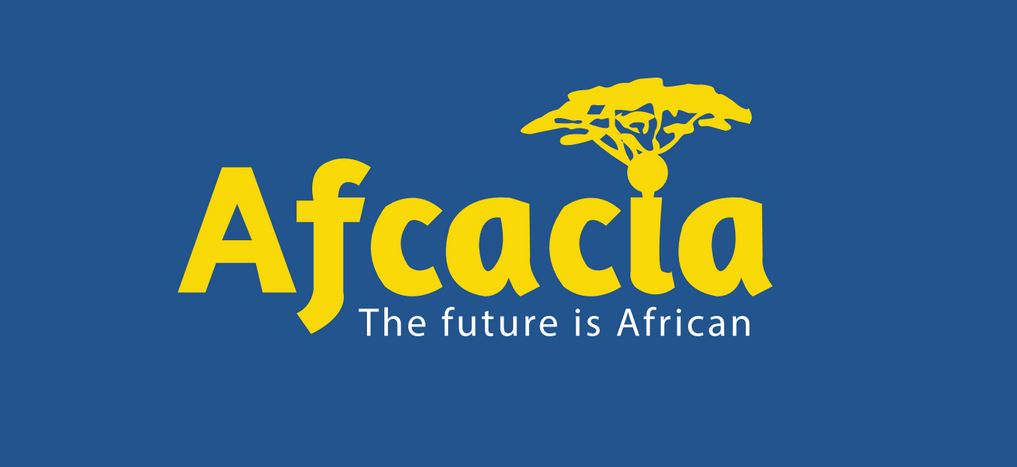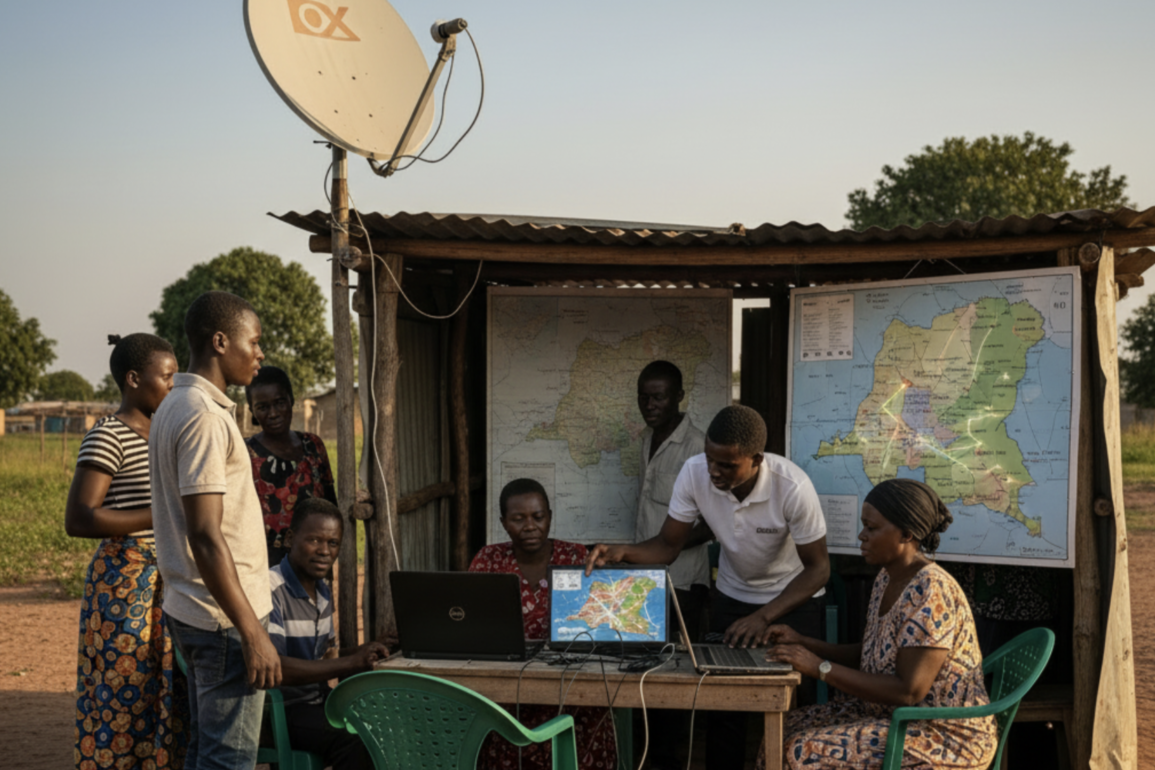The government of the Democratic Republic of Congo is pinning its hopes on satellites to solve one of the world’s worst connectivity deficits, where just one in three people can access mobile internet.
Only three months after granting Elon Musk’s Starlink approval to operate, officials in Kinshasa have signed on to another plan: a dedicated broadband satellite to be launched by Monacosat, a Monaco-based operator partly owned by the government of Turkmenistan.
Jean-Philippe Anvam, Monacosat’s representative, told reporters in Kinshasa last month that a partner bank had “already mobilized up to $400 million” in financing for the project. The financial structure, however, remains unclear.
Nigeria’s Fidelity Bank has emerged as a potential backer. Its chief executive, Nneka Onyeali-Ikpe, said the lender had created a joint task force with Congo’s Ministry of Digital Economy to explore funding options, and confirmed the bank’s plan to open a Kinshasa subsidiary focused on digital projects and financial inclusion.
Starlink’s arrival has generated excitement in a country where geography and political instability have long slowed internet rollout. But its price — roughly $50 a month with a $200 equipment fee — makes it inaccessible for many households. The government has yet to disclose how much Monacosat’s service will cost.
President Félix Tshisekedi has made expanding digital access a political priority. At a cabinet meeting in June, he instructed ministers to accelerate satellite projects — both Starlink and Monacosat — to offset the high costs and years of delay in Congo’s 50,000-kilometer national fiber backbone, first promised under its Digital Horizon 2025 plan. Fewer than 10,000 kilometers have been deployed so far, according to the national telecom regulator.
Unlike the leasing arrangements common in Africa, the Monacosat deal involves new infrastructure. Slides presented to Congolese officials outlined the Monacosat-2 satellite series, each designed to deliver 200 gigabits per second. The plan also includes ground control stations and rural connectivity hubs, with applications in health care, education, and resource industries. The goal, Anvam said, is to narrow the gap “particularly in rural and remote areas where telecommunications infrastructure remains insufficient.”
With more than 105 million people, Congo is Africa’s fourth most populous country, yet one of its least connected. Past attempts to expand fiber have stalled amid funding shortfalls and governance disputes, leaving mobile operators to fill the void.
The creation last month of a Ministry of Digital Economy — separate from traditional telecom oversight — reflects how central connectivity has become to national policy. The new ministry is expected to oversee both the Monacosat venture and Starlink rollout under a legal framework that Congo hopes will finally bring its digital ambitions within reach.




